As an Amazon Associate I earn from qualifying purchases.
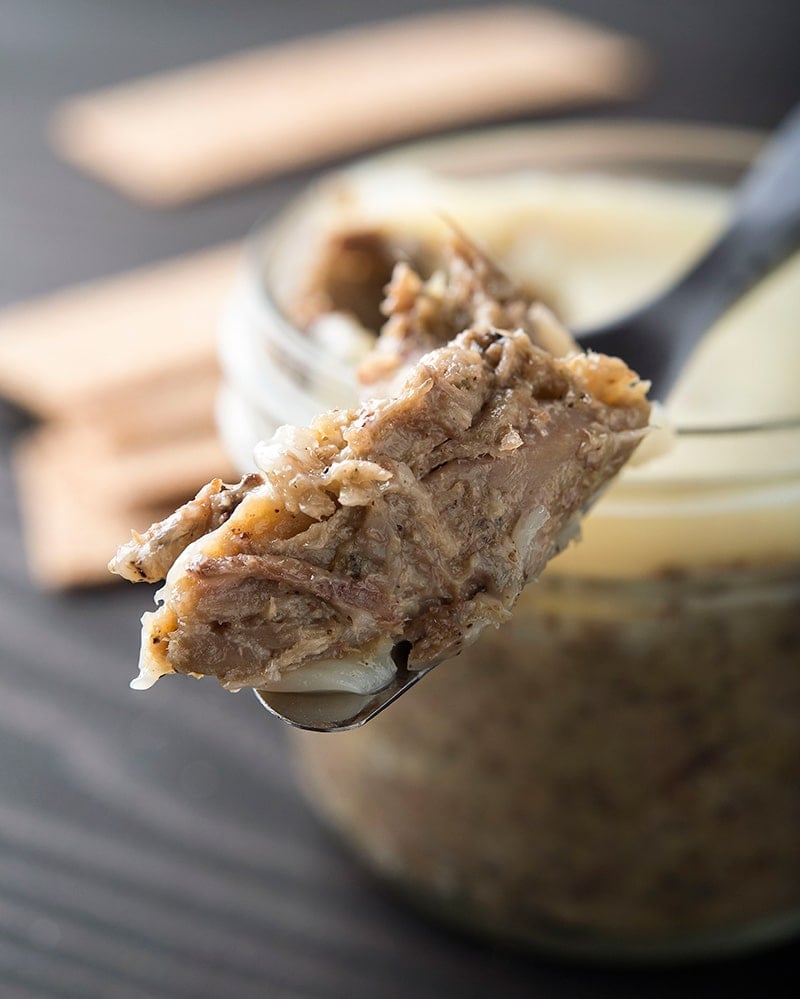
Duck rillette. If you know what this is, you definitely know your food. If you don’t, think of it as a fancy way to say “potted meat.” See the difference? I’d eat “rillette.” Potted meat evokes images of SPAM and other industrial horrors.
A rillette is basically a preserved, fatty meat product pulverized enough to be spread on bread. Some are smooth, some coarse. It is a great use for meats that are very tough, yet very flavorful. The French typically make rillettes from pork or duck or goose or rabbit.
My duck rillette is unlike anything you will find in a can, or in France. These are made from either duck or goose legs and wings. The fat is wild duck fat, and it is seasoned with Armagnac and rue — yes, rue, that bitter herb possessed with a beguiling aroma. The combination works, and works well.
Wild geese are darker and stronger tasting than a domestic geese, but not overly so. There is a definite wild taste to it, which I enjoy very much. The wild duck fat accentuates this; if you wanted to subdue a wild goose’s wildness, you could use butter or fresh rendered lard instead.
The Armagnac subs in for Cognac or other brandy because, I feel, Armagnac is better suited to wild game. If I did not use it, I might sub in Maker’s Mark or another quality American whiskey.

Finally the rue. Rue’s aroma is musky and thought-provoking: “What is this,” you think…”I want to smell it again and again.” Rue’s flavor is bitter. The Romans used it in their cooking, but you will find few modern recipes employing this herb. Using rue here adds to the rillettes’ aroma and cuts into the deep richness of the meat and fat. If you don’t have it, use parsley.
Why make rillettes? If you are a hunter, it is a fine use for the meat from legs and wings; you can even do this with legs and wings that have been skinned. And whether you hunt or not, rillettes are a fantastic appetizer or snack, spread over crusty bread and served with pickles.
What’s more, a duck rillette (or any rillette) keeps forever. Since the meat is presalted, kept from air by the fat (you need to cover the top with a layer of fat for long keeping), and helped by the preserving nature of the alcohol and herbs, you can keep rillettes for many months in the fridge.
Duck or Goose Rillettes
Ingredients
- 3 pounds duck or goose legs or wings
- 1 cup Kosher or pickling salt
- 3 tablespoons dried thyme
- 2 quarts duck or vegetable stock
- 3 bay leaves
- 1 cup duck fat or butter
- 1/4 cup brandy
- 1 tablespoon minced rue or 2 tablespoons parsley
Instructions
- Start by mixing the thyme leaves and salt. Massage this mixture into the duck or goose legs, making sure everything is coated well. If there is any left over, pour it into a non-reactive container.
- Place the salted duck or goose legs in the container, cover and refrigerate for 12-24 hours. The longer you go, the saltier your rillettes will be. I like to salt them down in the evening and cook them around mid-day the following day.
- When you are ready, rinse off the cure well. Arrange the legs in a large pot and cover with the duck stock; add water or white wine if the level of the liquid does not cover the legs. Add the bay leaves.
- Cover, then either cook on the stove over low heat or in a 225 degree oven for 4-8 hours. You want the meat to be falling off the bone. Check after about 2 hours to see if you have enough liquid. Uncover the pot in the final hour or two to evaporate the liquid a bit.
- When the meat is falling off the bone, turn off the heat and let the duck or goose legs cool. Ideally, you refrigerate everything to solidify any fat (you can use it later).
- When it is cool, pull off the skin and discard, then shred the meat and place in a large bowl.
- Taste the remaining stock to see how salty it is. You will need a little for the rillettes, but you want to know how much to add — without oversalting the rillettes.
- Add a little of the stock to the rillettes and beat together with a stout wooden spoon until the liquid is incorporated.
- Add 2 tablespoons of the duck fat and beat it in. Keep adding duck fat until the mixture becomes creamy. Do this little by little.
- When a spoonful of the rillettes tastes creamy, not dry-ish, add 2 tablespoons Armagnac and half the rue. Beat it in well. Taste it: You should be able to taste both the Armagnac and the rue, but neither should be overpowering. If you want, add the remainder of the liquor and herbs and beat them in well.
- Press the rillettes into ramekins, or just a non-reactive container that works. Tupperware is OK, and a butter crock is ideal. Top with about 1/4 inch of duck fat. Cover with a lid or foil and store in the fridge. It is best to let this ripen for a week before serving, but it is perfectly fine eaten straight away. It’ll keep for at least two months, and if there are no air pockets and it is covered in fat, the rillettes will last up to 6 months.
Nutrition
Nutrition information is automatically calculated, so should only be used as an approximation.
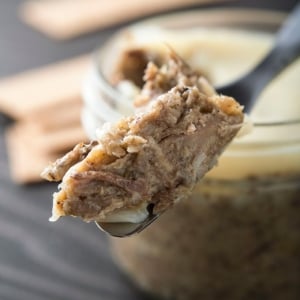
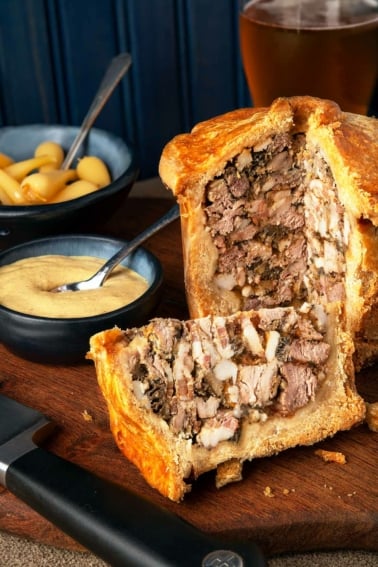
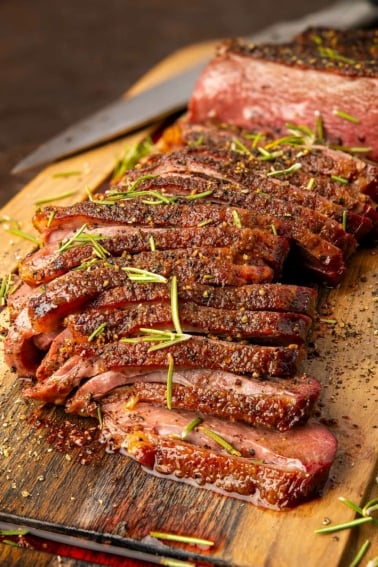
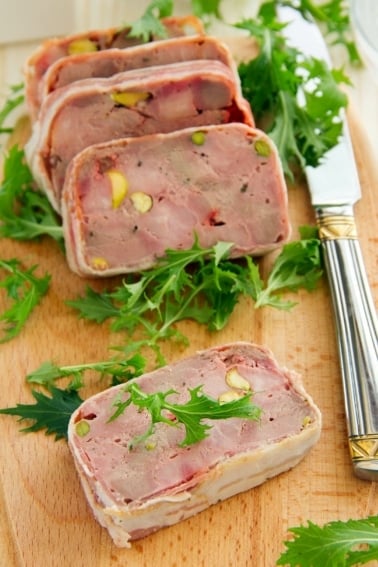
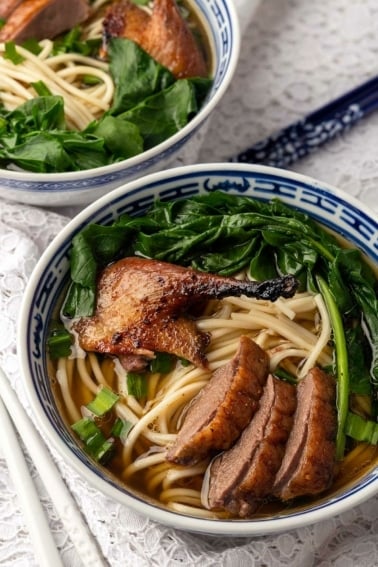
Is it sacrilegious to use a pressure cooker to get the legs tender then reduce the stock? Thanks for so many amazing recipes. Cant wait to try this one with some turkey legs.
Will: Nope. Although I’ve never done it.
Question, when freezing the rillettes, do I put a layer of fat over it as I would if I was storing in the freezer? Many thanks
Kaylea: Yes, I do that. It helps prevent freezer burn.
So happy to have found your sight! This is what I was looking for! I have a question, though. What is the purpose of the pre-salting step? If I simply add some salt to the broth when they cook, and make sure the final product has a good fat cap, will they still preserve fine? Thanks so much!
Beth: The pre salting step is old and traditional, and helps the rillette keep longer. If you skip it, it will still be good and keep for a month or so, but not much longer than that.
Can we use clarified butter if we don’t have duck fat?
Katie: Yes, you can do that.
Question: Do you tend to keep the stock afterwards or toss it? I see you
mention keeping the fat once it cools but hate to throw this liquid gold away…Thanks!
Simple and delicious! We try to always keep a stock of these in fridge. It’s a great appetizer for unexpected guests.
Hey Hank, quick question about the Armagnac. Normally when cooking with alcohol most will burn out, how about with this recipe? Can I give some to my alcoholic great grandma? It might make the bbq more fun!
Trint: No, in this recipe it won’t burn out… but you can double the amount for the recipe, then boil it down by half, and then you will be fine.
Great recipe . . . and I am so glad I tried it! We live in the forest in Norway and my hubby has brought home some “storfugl” that he hunted. and we found that they worked really nicely for both rillette and pate. . . as they are also a member of the pheasant family. I actually used one entire bird for this . . . because the meat is VERY strong tasting and smelling – and the duck fat and butter and spices really mellows it out but still lets us taste the forest! Love it! Thanks for the inspiration!
Overcooked my elk tongue for Tacos de Lengua so I made this instead. Absolutely delicious ?
Do you use fresh or dried parsley? Have you experimented with any other herbs instead of rue?
Zach: Either works, and yes. Any aromatic, slightly bitter herb will do, like sage or rosemary.
I did the pheasant breasts instead and used the fat from old duck cooking as well as extra jar of duck fat that I had to buy at local European delicacy store (LaFrigo; pardon the plug). My hick up was that when the meat fell off the bones I still had too much juice in the dutch oven (actually French laCrusette) and had to drain it. At the same time the drained juice will be used as stock for next batch of pheasants that are keep coming from some hunting buddies. This is what we used to call in old Soviet Union “Tushonka” (U.S. version of MRE’s pulled pork jars) or “potted meat”. Didn’t have Armagnac handy but some cheap brandy variety did the trick. Had an idea to add some dill (another typical Russian herb) but decided to go with traditional no thrills recipe. LOVE IT!
This is my go-to recipe (thank you!), but I like to use lovage and winter savory from my garden instead, and I use a whole goose from the neighbor down the road. Terroir ;). I have to say throwing the skin away is a missed opportunity! I cut it up and instead fry it in the rendered fat to delicious crisps which can be incorporated back into the fat for the topping or eaten with your fingers. Delicious!
I did duck legs rillettes for dinner appetizers at duck camp this year served with toasted buttered slices of baguette still warm from the oven. Topped with spicy dill pickle slices, it was gone in no time.
Served with brown liquor straight up, whether from Speyside or Kentucky, it doesn’t get any better than this and being with friends.
Made Rillettes from my September Honker legs and wings for a Christmas party this year. People just about licked the plate clean. Used a Rye whiskey for the alcohol. What a great recipe. I have been using your recipes for the pot luck, and people always ask what I am fixing.
I am curious if this can be done with pheasant? I have a couple of pounds of skinless legs I would like to do something with.
Thanks in advance
Tim: You bet!
Damn! I’m hungry.
As I have it in France, I mix a 7 oz. container of duck rillettes with a can of white beans (they don’t have to be the exact white beans used in France), and simmer in a saucepan to get warm and soften and flavor the beans. It makes two (rich) servings. On the side, like in France, I have a salad of haricots vertes (French string beans), a hearty red wine, and (optionally) croissants or French dinner rolls.
Rue looks like an herb my father grows in the garden for adding to mung bean dessert. The Cantonese name directly translates as ‘Stinky grass’ (??)
Would this be possible to make with skinned snow goose breasts? I have quite a few in the freezer and am looking for different ways to fix as I have to clear space for the next batch. How much meat (weight or cups) would equal the amount needed for the recipe?
Jacquelyn: Not really. Breast meat isn’t good for this. You really need legs.
How do I make this with roasted goose leftovers?